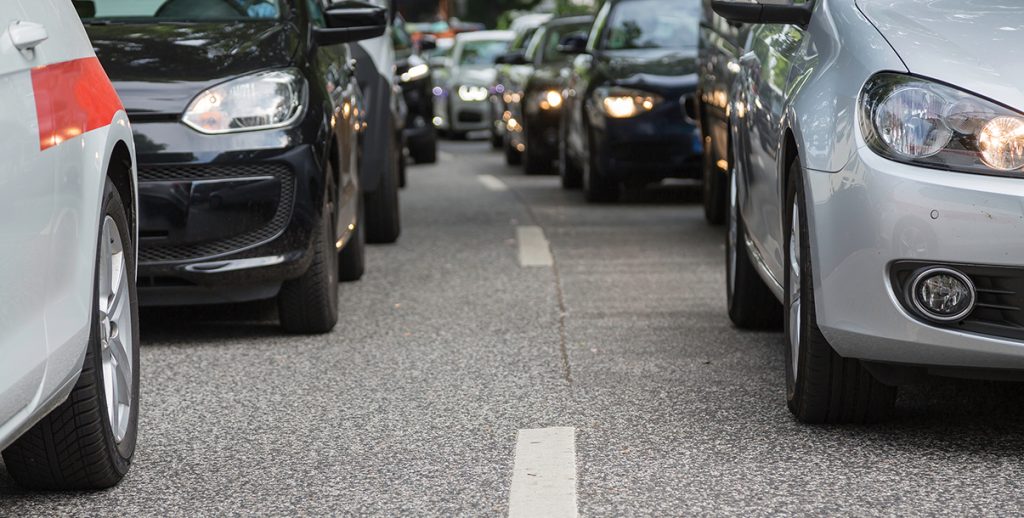MONASH UNI DAYTIME RUNNING LIGHTS RESEARCH
The Monash team states DRLs reduce non-night-time multi-vehicle crash involvement by 8.8 percent

Research published by the Monash University Accident Research Centre (MUARC) has found that Daytime Running Lights (DRLs) reduce the likelihood of being involved in a non-night time multi-vehicle crash.
DRLs are fitted on the front of a motor vehicle and are designed to automatically switch on when a vehicle is driven to increase the visibility of a vehicle to other road users during the day.
The study found that Daytime Running Lights can reduce non-night-time multi-vehicle crash involvement by 8.8 percent.
The study assessed the relationship between crash risk and the fitment of DRLs using data on crashes that were reported to police in New South Wales, Victoria, Queensland and Western Australia between 2010 and 2017.
There were 119,606 casualty crashes in the database, of which 11,013 crashes were found to involve at least one vehicle fitted with DRLs.
There have been few studies examining the real-world crash-based effectiveness of DRLs in recent years, says Monash University.
“This is the first study to broadly capture the newer type of LED DRLs now commonly fitted on new vehicles by various vehicle manufacturers,” Lead Author Dr Angelo D’Elia said.
“Given that only around 62 percent of new vehicles entering the fleet have DRLs fitted as standard across all of their model variants, mandating DRLs is still relevant and would accelerate the process of fitment through the fleet.”
DRLs have been mandatory in Europe for all new cars and small delivery vans since 2011 and for trucks and buses since 2012.
Dr D’Elia said that an examination of NSW data indicated that, as of 2020, at least half of the existing vehicle fleet does not have DRLs fitted.
The paper has been published in the Journal of Safety Research and can be accessed at www.sciencedirect.com




